South America is a huge continent with 12 countries, and some of those countries are more touristy than others. Bolivia is right in the middle of the continent, and although there are more tourists going there everyday, it still feels a bit “undiscovered.” Perhaps it’s because the country is extremely underdeveloped, or perhaps it’s because it’s only 1 of 2 completely land-locked countries in South America. Either way, their loss is your gain, and those visiting the country before it becomes a huge destination will be rewarded with more authenticity & lower prices.
But before you go, know this: Bolivia is dirty. Bolivia is poor. Bolivia is raw and wild. But Bolivia is a blast, and offers non-stop adventure for all of those who are willing to go there. Here are my 5 Must-Do Adventures in Bolivia: Note: there are no links posted to tour companies because all prices listed online are more expensive than what tours actually cost in Bolivia. Wait until traveling to Bolivia, & then compare prices & reputations.
Las Pampas Amazon Basin
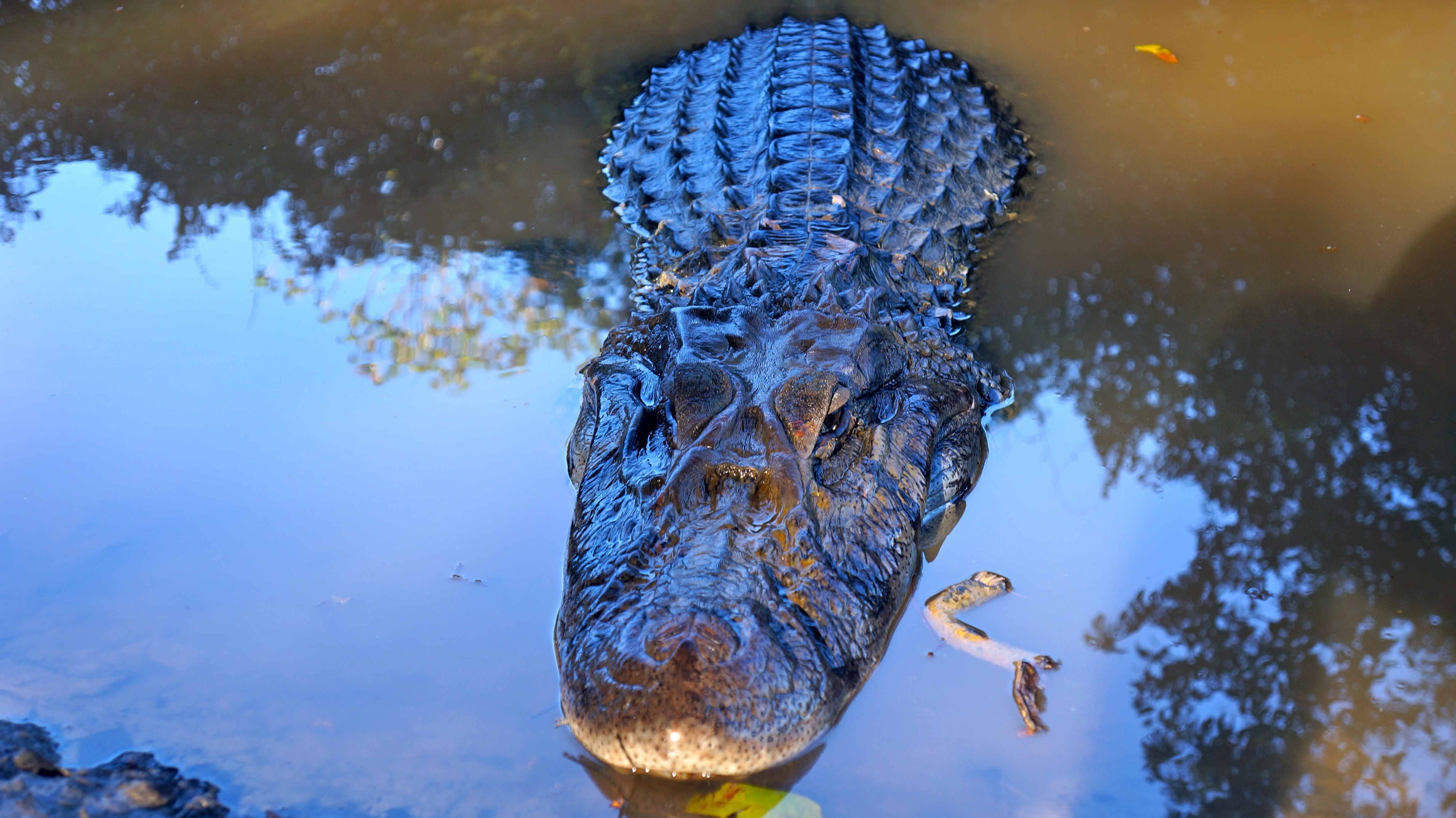
Pepe, a 12ft croc who was our tour company’s “pet” — Pepe, un cocodrilo de 3m y la mascota de nuestra guía
What? – the Amazon is in Bolivia? That’s what I said when I heard about this tour, generally organized & booked out of La Paz. You heard right, The Amazon. But I want to be clear that this tour does not take place in the actual Amazon Jungle, it takes place in the Amazon Basin. In a low-land, marshy, savannah type region of Bolivia called Las Pampas.
Las Pampas tour can basically be summed up in one word – wildlife. You go on this tour to see animals, and lots of them. After a 3 hour dusty truck ride out to the Las Pampas from the town of Rurrenabaque, you boat up the river for an additional 2 hours to your basecamp. Each company has their own basecamp – a little community of wooden, screened in cabins (some have their own bars – ask ahead of time!). After settling in, you spend most of the tour cruising the rivers on boats. My general tour itinerary went something like this.
-
Crocodiles
-
Monkeys
-
Crocodiles
-
Piranhas
-
Crocodiles
-
Capybaras
-
Crocodiles
-
Anacondas
-
Crocodiles
-
Wild jungle birds
-
Crocodiles
-
Pink Dolphins
-
Crocodiles
Did I mention you see a bunch of crocodiles? Like, everywhere. You feed them, you almost hit them with your boat, you even swim with them. Well, you swim with the pink dolphins – and they keep the crocodiles & piranhas away – isn’t that awesome!? In summary – go on this tour to do some real Steve Irwin stuff.
Side note: most companies offering this tour also offer a “jungle” tour, which is more geared towards hiking & plant life. Both of them are dirt cheap, costing about 700 Bolivianos (about 100 dollars) for the 3 days, 2 nights, including accommodations, all food, and all activities. What is NOT included, is transportation to Rurrenabaque – the jungle town that serves as a launching port for the tours, and the park entrance fee (like 150 Bolivianos). There are 2 ways to get to Rurrenabaque from La Paz – a 30 minute plane ride, or a 17 hour bus.
The roundtrip flight costs about $150 bucks, and the bus costs about $20 bucks & your sanity. If you are not on tight schedule and can play with a few days, I would recommend getting to Rurrenabaque (by plane of course) BEFORE booking your tour. I remember the tours costing a little less there, than they cost booking from La Paz.
Salar de Uyuni
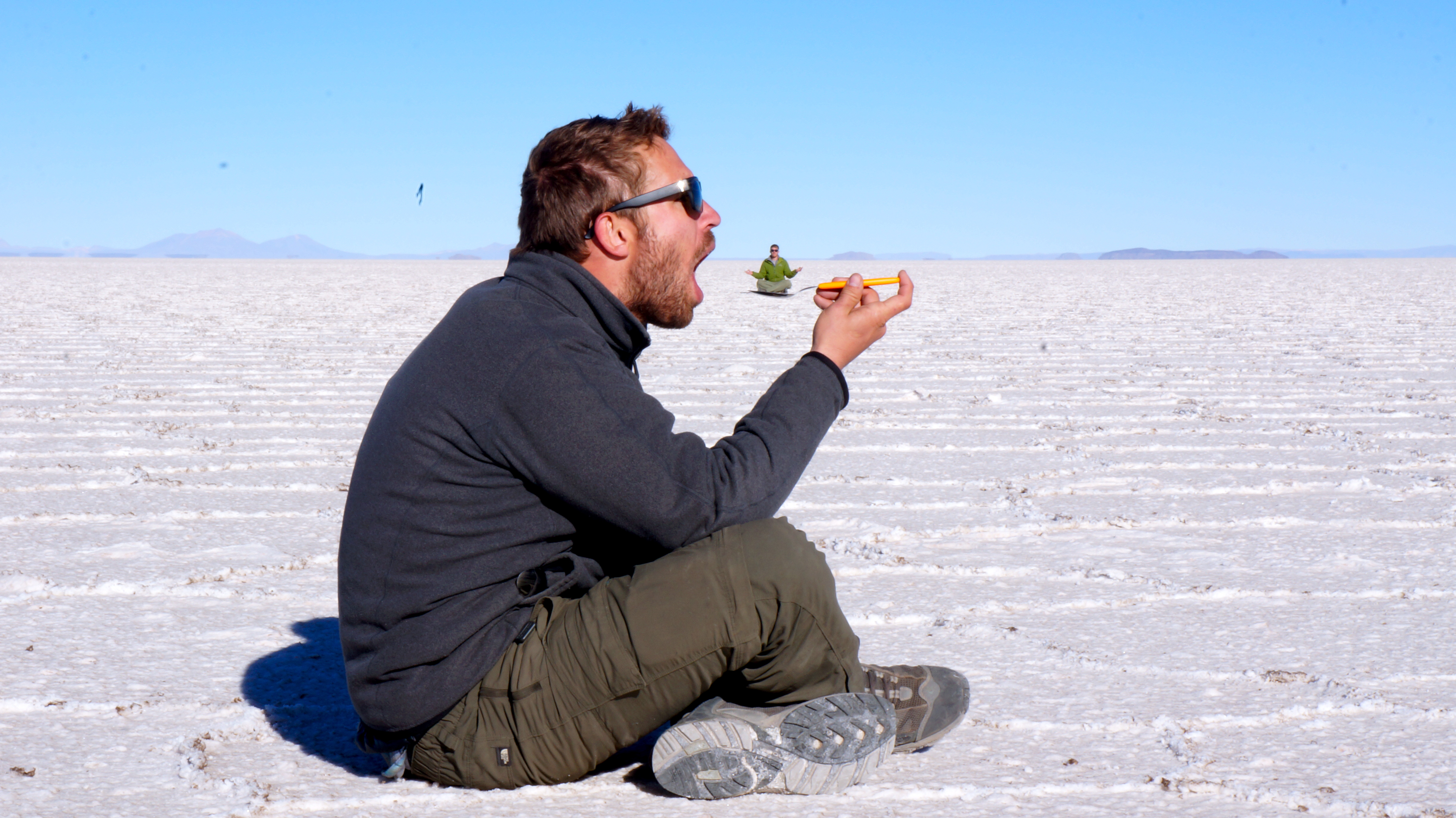
Eating my baby bro. Gotta do what you gotta do to survive — Comiendome a mi hermanito. Tienes que hacer lo necesario para sobrevivir
Probably the most famous tourist attraction in all of Bolivia is the world’s biggest salt flat, Salar de Uyuni. It used to be an ancient lake but dried up over the years, and given that it’s at an altitude of over 3,656 m (almost 12,000 feet) and the soil is extremely rich in lithium, a vast desert lake-bed, covered in a thick crust of salt has formed.
It’s one of the most spectacular things you’ll ever see, and is widely acknowledged as the coldest place on Earth (at least that’s what every traveler will tell you after going there). The ground is covered with a white salt-crust as far as you can see, and it makes you feel like you’re either on a different planet, or tripping on acid. The white expanse can play tricks on your mind & eyes, distorting your depth perception. It makes for a fantastic photo opportunity.
The tours can be booked from almost anywhere in Bolivia, and usually range from 2-3-4 day trips. The longer trips include more sites/stops in this strange part of the world, including hot springs, red & green lagoons, and crazy rock formations. If you just want to see the main attraction salt flat, book the 2 day tour. It also depends on how long you want to ride around in a Land Rover. If you do one thing in Bolivia – do this.
Huayna Potosi Mountain
Hyeena wha? Huayna Potosi is a 19,976 foot (6,088 meter) tall mountain right outside of La Paz that can be climbed by anyone who has $80 & doesn’t have a heart condition. My brother and I almost couldn’t believe it. “It cost 600 Bolivianos to summit a 6,000m mountain, and you don’t have to be a professional mountaineer or anything?” we asked in disbelief. That’s right – ANYONE can sign up for the tour. That doesn’t necessarily mean you’ll make it to the top. Many people turn back due to altitude sickness, but if you are in decent physical shape and are smart about hydrating yourself, you can climb a mountain that will make you feel like Sir Edmund Hillary himself after conquering Everest.
The trip is 3 days, 2 nights and the price includes everything – transportation, food, accommodations, guide, and all the gear you need to become a bonafide sherpa overnight. The first day you spend ice-climbing on a glacier, and “training” how to walk on ice. The second day you ascend to high base camp & crash early, and the 3rd day you get up at midnight to begin your sunrise summit attempt. It’s one of the hardest, but most rewarding things you’ll ever do. It’s not uncommon for people to cry at the top – either out of overwhelming joy, or from complete exhaustion and relief.
That being said, I feel compelled to say that although no accidents happened on our trip (and the companies say that it is “completely safe”), there are parts of the journey that can be dangerous and even fatal. Huayna Potosi is supposedly one of the easiest 6,000m mountains to climb in the world due to it’s “beginner” routes, but that doesn’t mean you don’t have to jump a few crevasses and climb 90 degree ice-walls. Particularly the last segment near the summit freaked me out, as the only thing stopping you from a 3,000ft (1,000m) tumble is a the 3ft (1m) ridge you climb up for about 30 minutes. Also, the fact that they really taught us nothing about how to “self-arrest” (stop yourself from sliding off the mountain with your ice-ax & cramp-ons if you fall) was sketchy at best. All-in-all nothing bad happened, and even though I almost fell asleep from exhaustion/dehydration on the way down, we managed to make it back to base-camp in one piece.
If you have the guts to do it, you should. Watching the sun come up over the snow-capped Andes mountains from almost 20,000 feet is truly indescribable. Although my recount of the experience may sound dramatic to you, I don’t mean it to scare you. I tell it this way because this tour is just that…dramatic. From start to finish – your adrenaline will be pumping. With precaution and alertness, you will be just fine. Besides, if it were that dangerous, how could they still offer the tour?
La Paz
As with any nation, a visit to the capital is necessary for a proper taste of the country. La Paz is not just a obligatory check-off for your Bolivian tour, it’s a highlight. At over 3660m (over 12,000ft) of altitude, this bustling city is surrounded by towering mountains & inhabited by waddling cholitas. Bolivia has a higher indigenous population ratio that any other country in South America, and that fact comes to life in front of your eyes in the form of multitudes of sack-toting, long dress & sock-strutting, 20’s bowler hat-sporting cholitas (indigenous Bolivian women) that you’ll find everywhere in La Paz.
I’ve never seen more people in the street in my life – including in Asia. It seems like everyone is going everywhere, all the time, and you’re always in the way. The city spreads over canyons & stretches to the mountains, and leaves you wondering how exactly a city like this was constructed. The bustling, colorful markets are perhaps the best part of La Paz. Make sure you buy some top-notch Alpaca fur clothing for the weather, or you can buy a dead lamb fetus for good luck in The Mercado de Hechicería (Market of Witchcraft). Check out the many museums, or the Basílica de San Francisco, a Catholic church under the advocation of Francis de Assisi, and the most beautiful in Bolivia. Ride the Teleférico, La Paz’s newest system of transportation – a tram/cable-car system that feels like an amusement park ride & offers spectacular views.
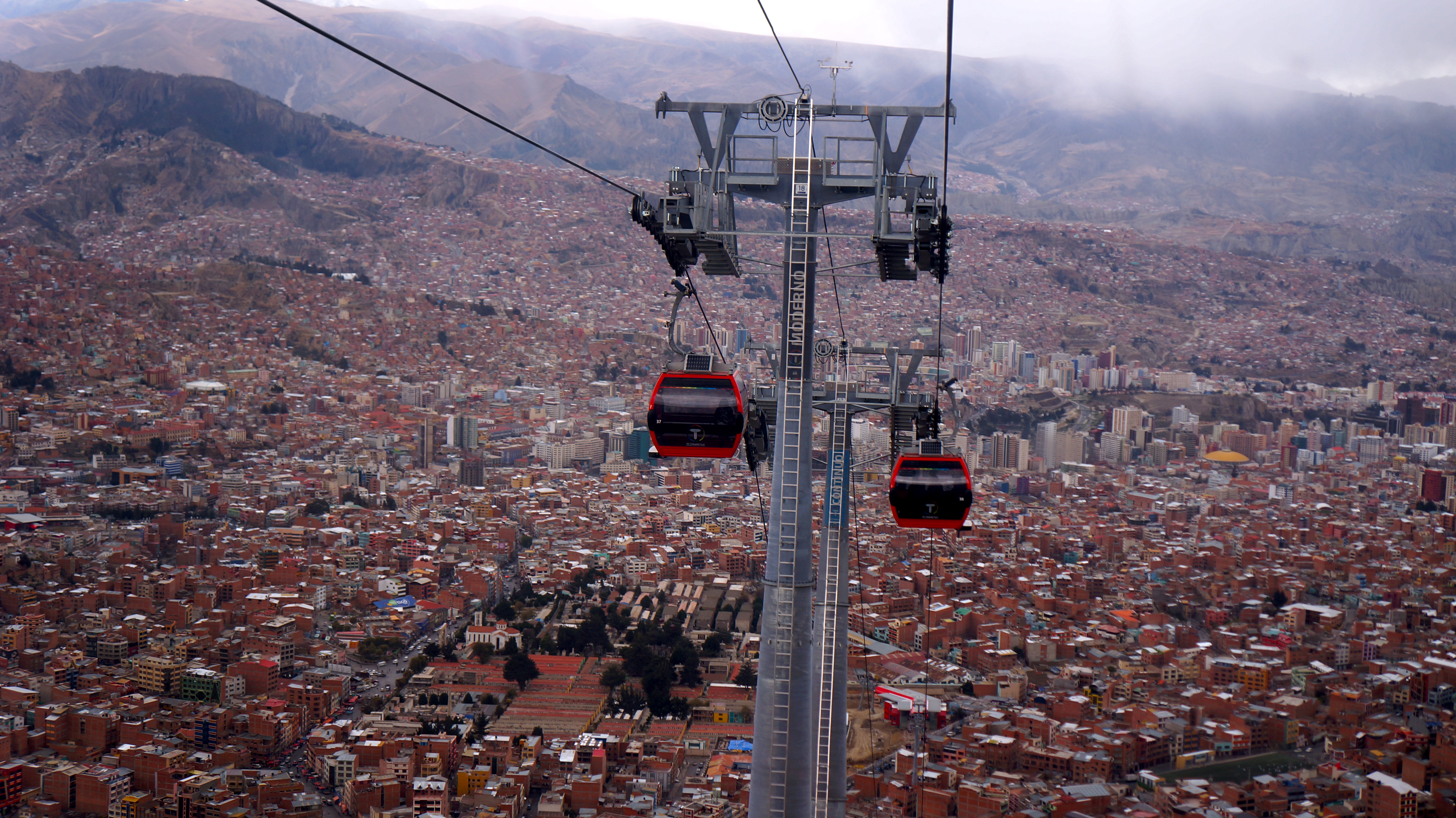
Telefério In La Paz, the coolest public transportation ever — Teleférico en La Paz, el transporte público mas divertido que existe
Most tours anywhere in the country can be booked out of La Paz, but a hugely popular & insanely fun activity to do right outside of the city is mountain biking “Death Road.” The road is carved into the side of the mountains, with no guardrails & no pavement, and used to be a major route of vehicular transportation. A few years back a more logical highway was built, and since, the road has been converted into a bumpy, muddy, adrenaline-fueled adventure. You’ll find tours of mountain bikers going down it everyday, some of them fast, but most of them slow to avoid falling 100’s of meters to their death (once again, usually doesn’t happen).
Lake Titicaca
Located on the border of Bolivia & Peru, and with an altitude of 3,812m (12,507ft), Lake Titicaca is the largest lake in South America, and commonly referred to as the “highest lake in the world.” Wikipedia stats aside, it’s pure gorgeousness is what will leave a lasting impression on you. The lake is massive, and is surrounded on most sides by colossal snow-capped mountains. The water is as clear blue as your favorite beach destination, and there are Inca ruins everywhere.
Actually, there are over 180 ruins on Isla del Sol (Island of the Sun), and any trip to Titicaca is not complete without a trip to this sacred place. After arriving on the ferry, you’ll quickly realize that there are no motor vehicles, nor paved roads there. The only way to explore it is the old fashioned way – on foot. A number of indigenous families inhabit this island, and have been farming & fishing to sustain themselves for hundreds of years.
Explore the stone, labyrinth ruins of Chicana where Incas held human sacrifices for the gods. Or follow the island’s winding paths to eventually find the traditional villages, hidden up high on the terraced hillside, or tucked in that little cove you didn’t know existed. As you may imagine, watching the sunrises/sets from Isla del Sol in the middle of Lake Titicaca doesn’t exactly disappoint either.
Don’t miss these adventures in Bolivia
If you are the adventurous type, you simply cannot skip this country. I don’t know of any other place where you can do such extreme adventures for so little cost. Even after paying the $135 Visa (required for US travelers), the total cost of everything we did was very cheap.
There are many other adventures & tours that you can find in Bolivia, but these were just a few tours that I highly recommend. Please keep in mind that there are TONS of companies that offer these tours, and obviously the quality varies. The best thing to do is to ask other travelers you meet in Bolivia who have already done some of these tours. If they had a good time with company X, then you probably will too. Some good Lonely Planet & Trip Advisor research never hurt anyone either.
Want to go to Bolivia, or want more information on what to do there? Let me know in the comments below! Or, maybe you have already been to Bolivia? If so, do you agree with my recommendations? Any other suggestions? Thanks & happy adventures!
[mappress mapid=”1″]

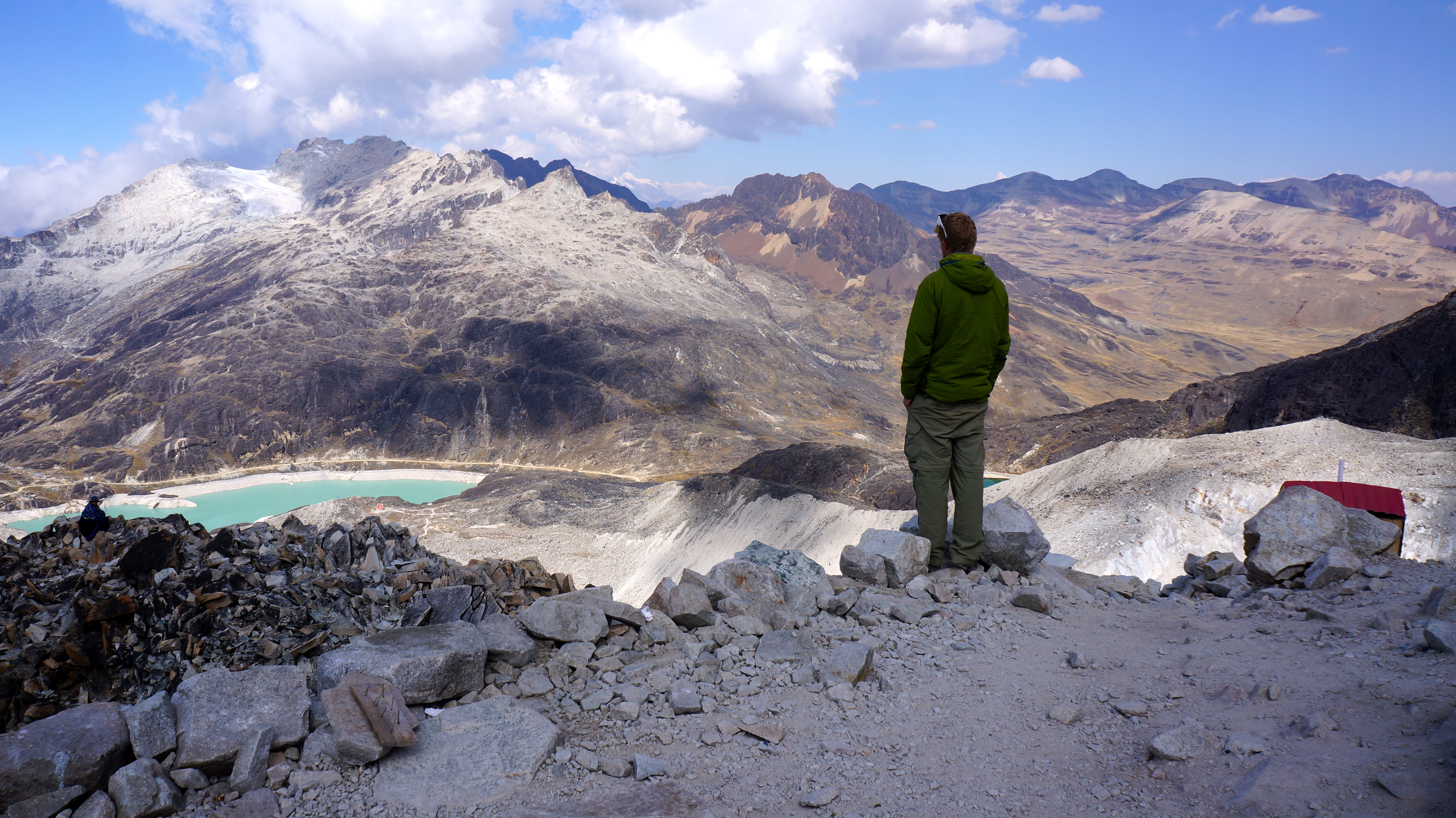
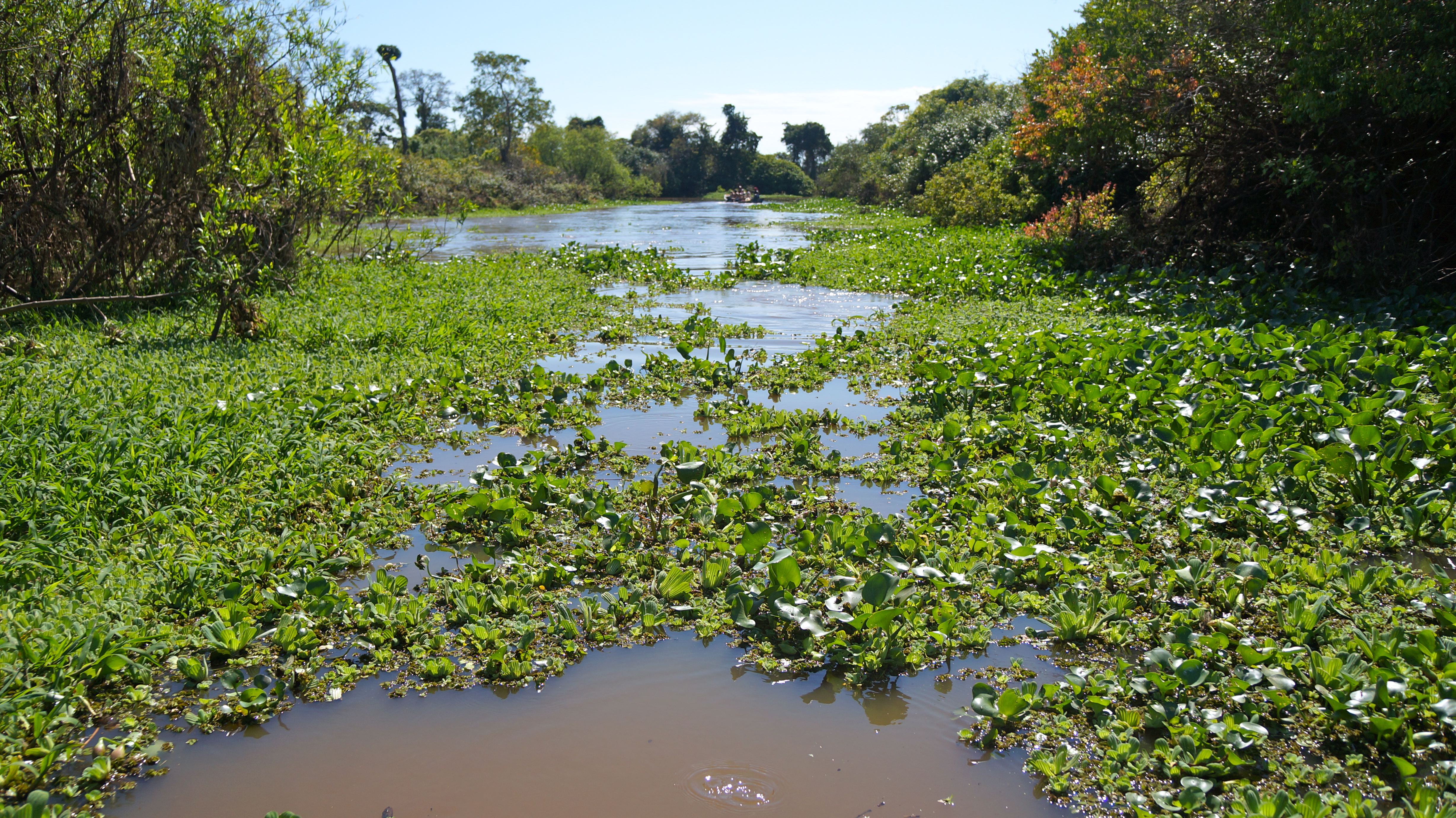
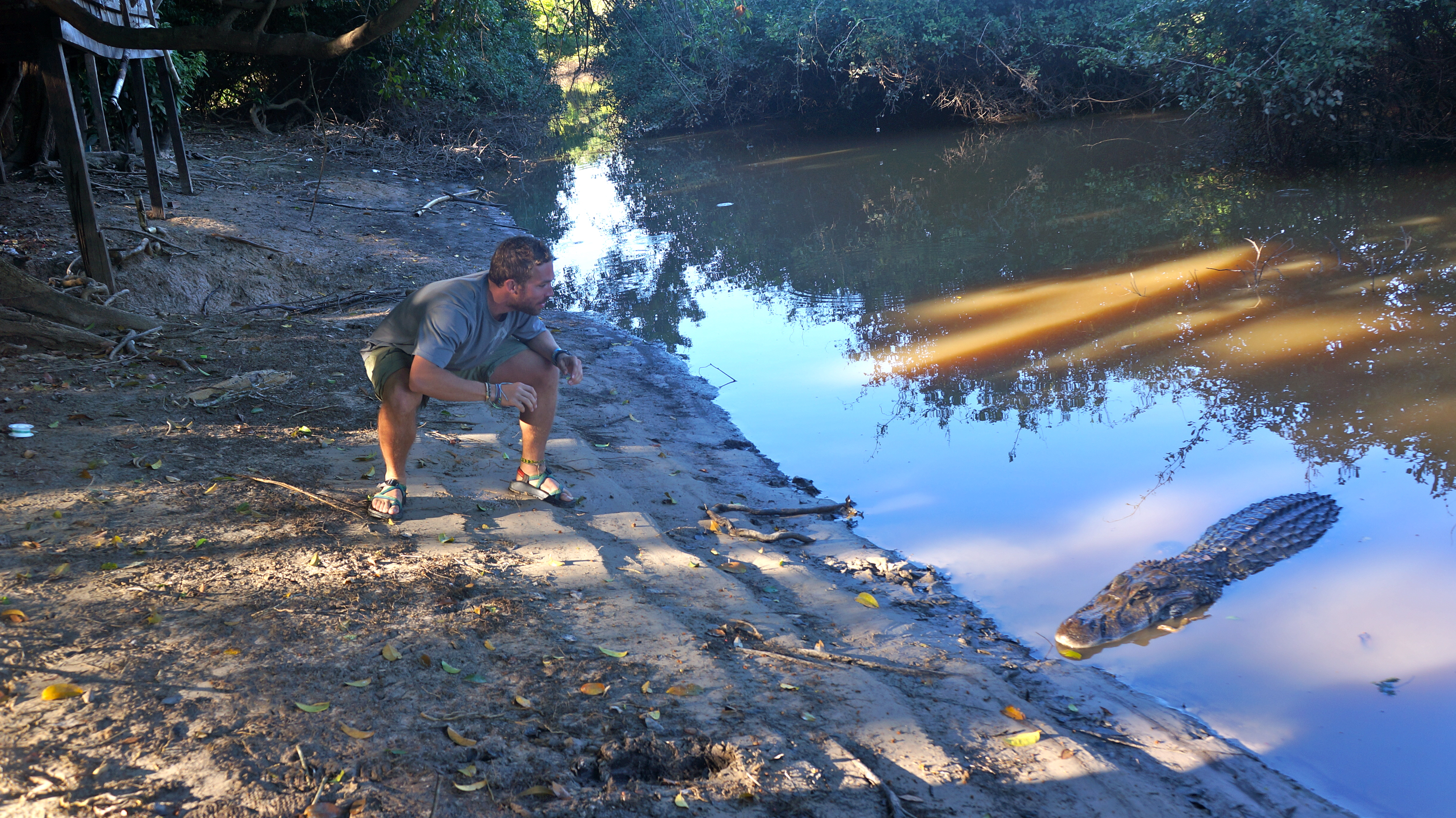
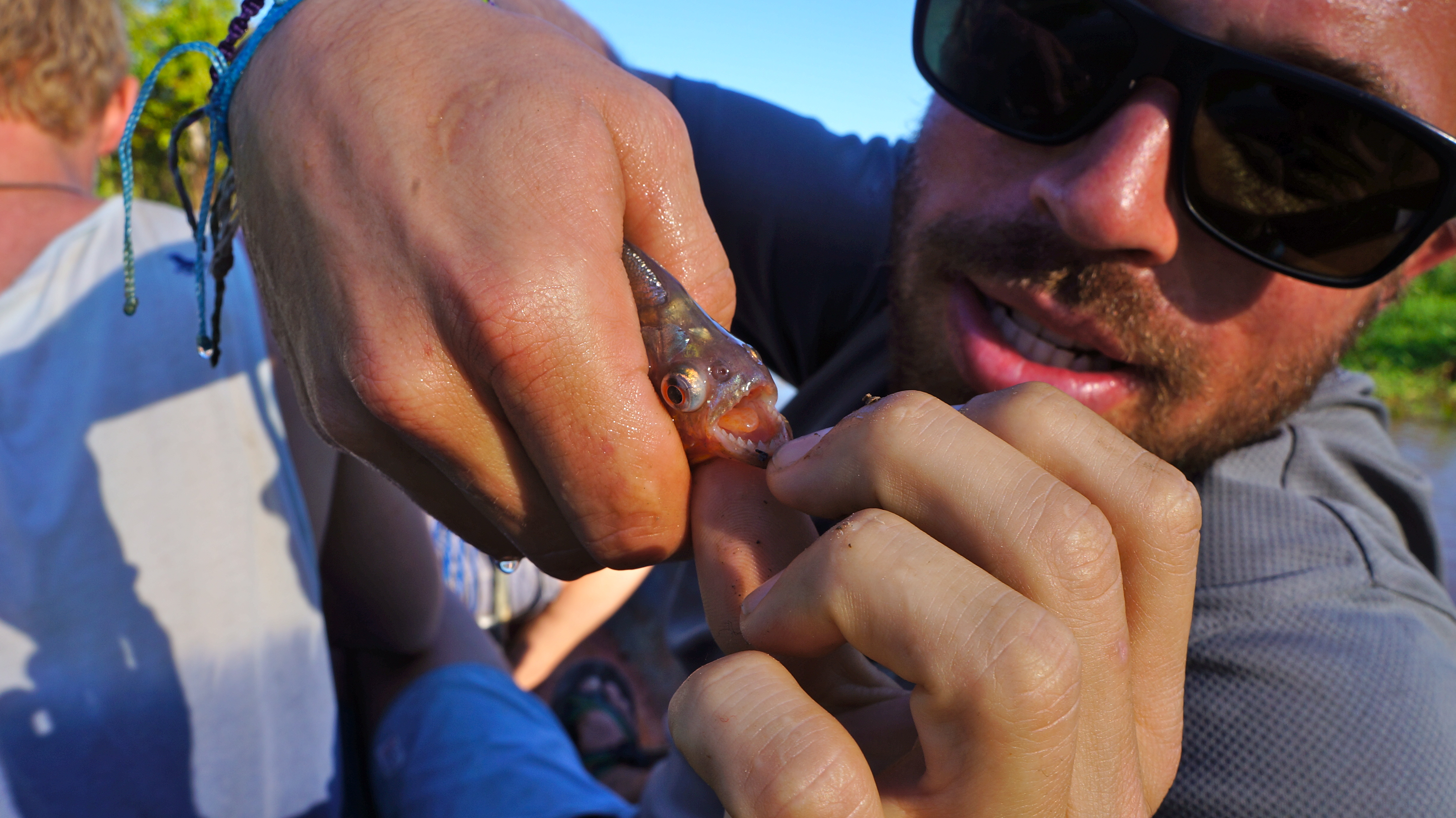
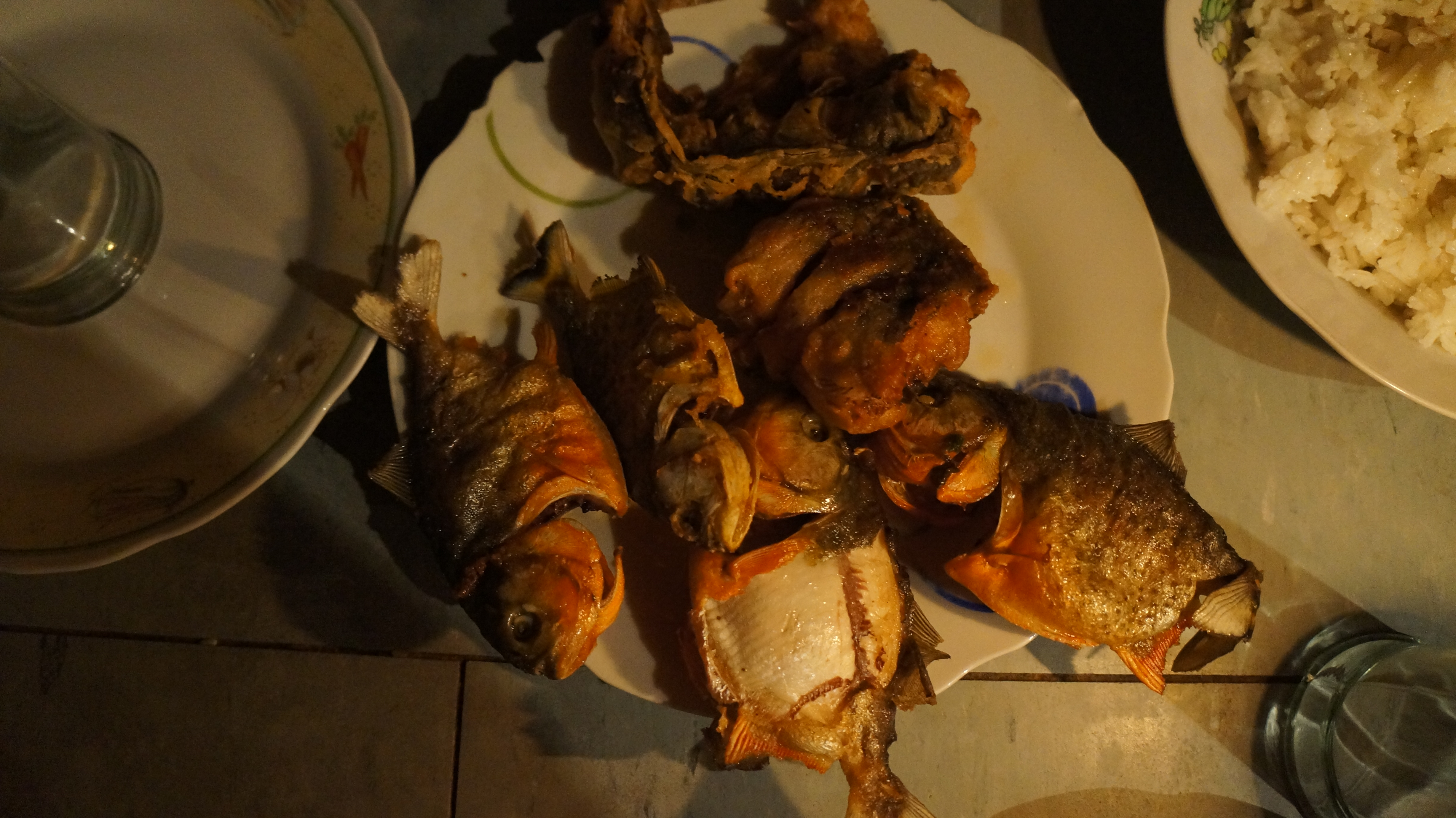
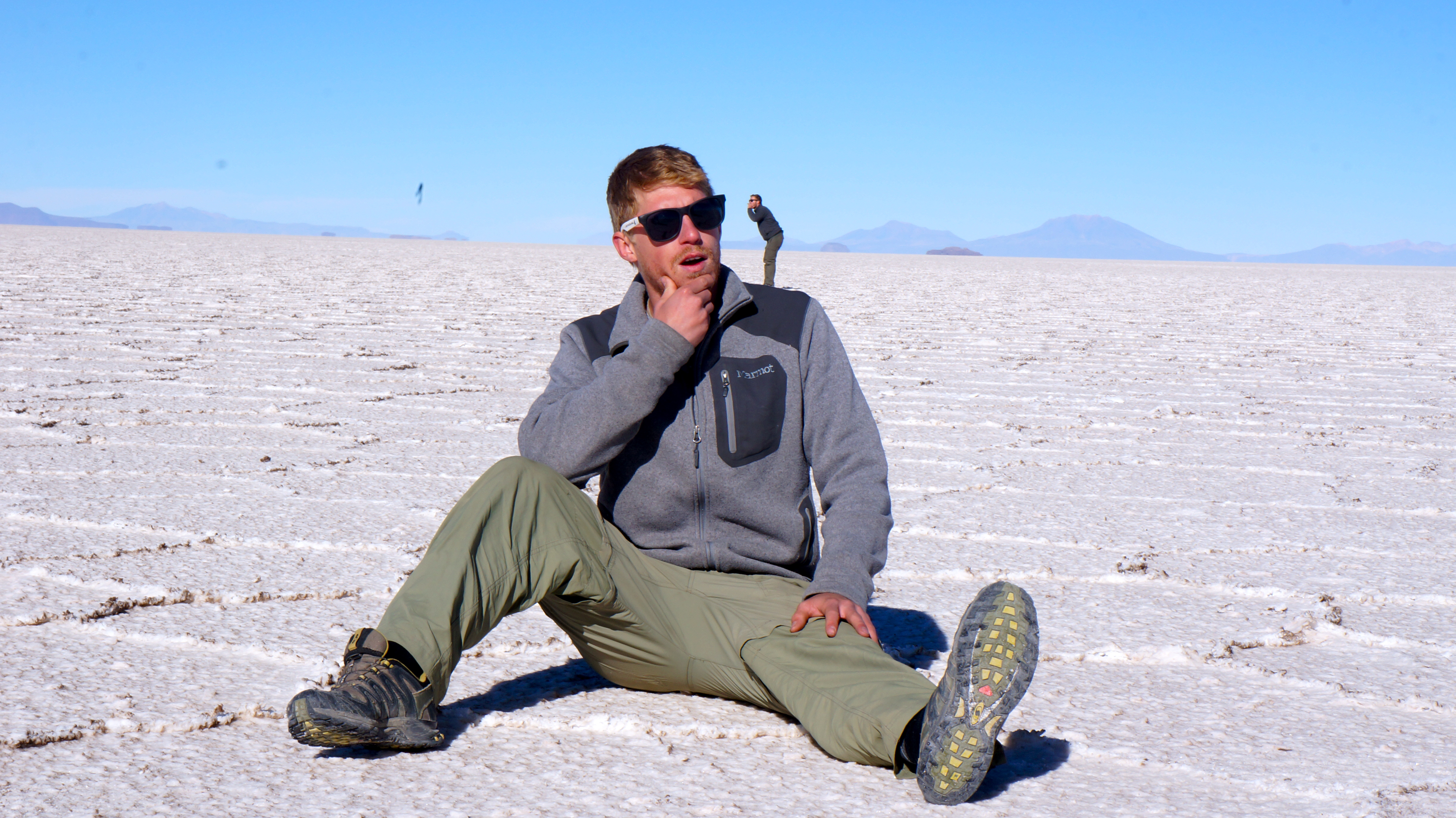
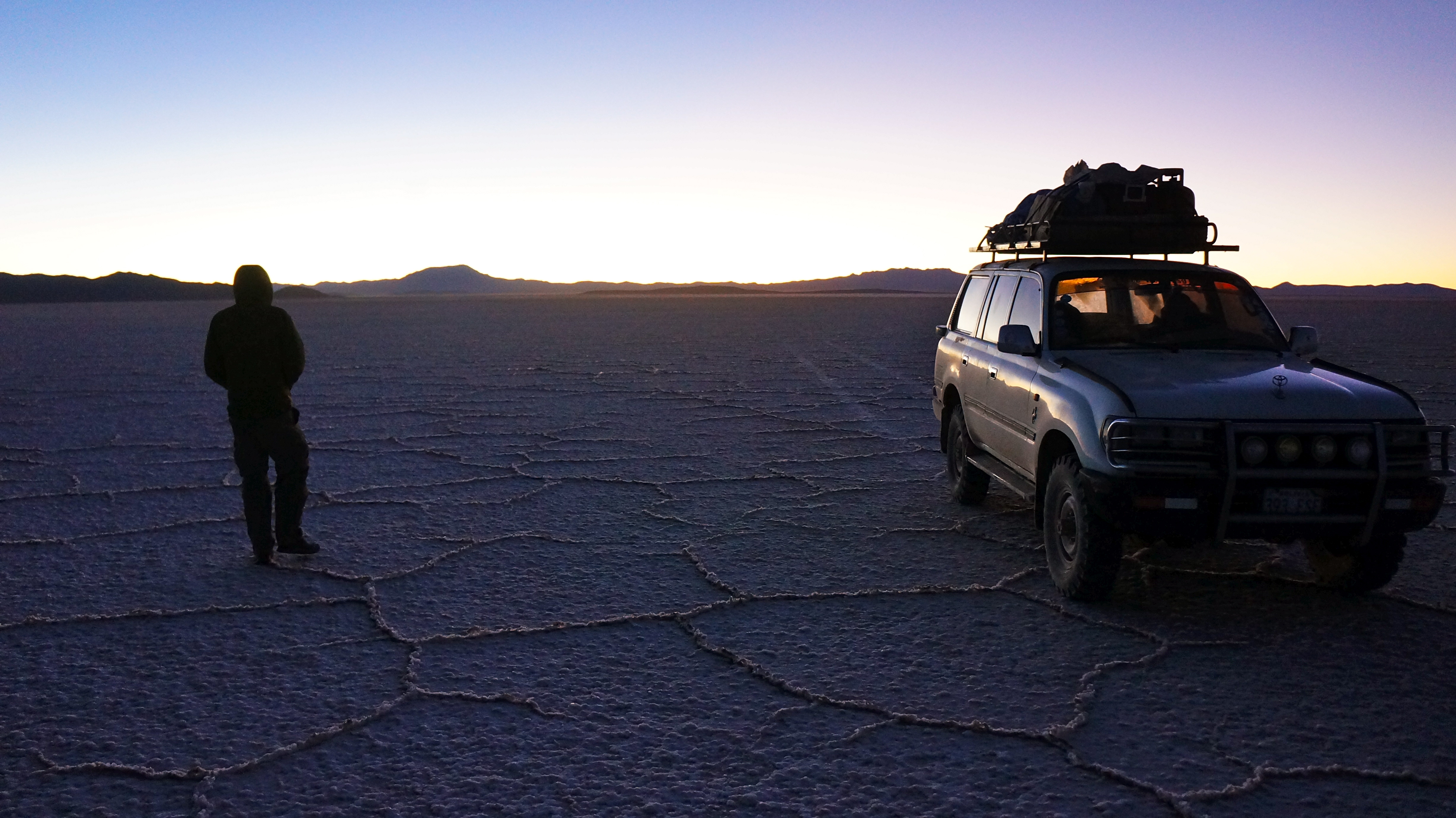
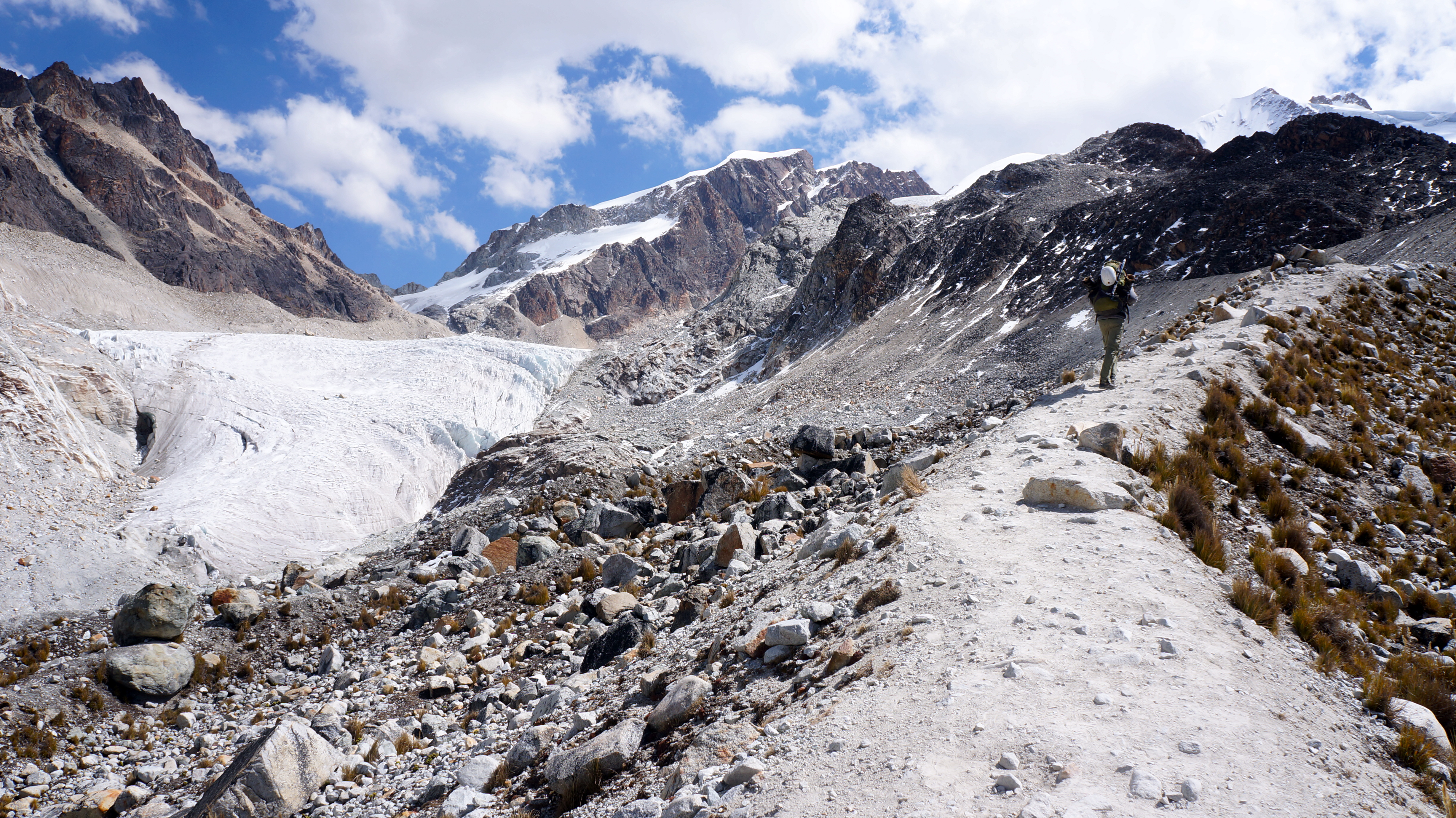
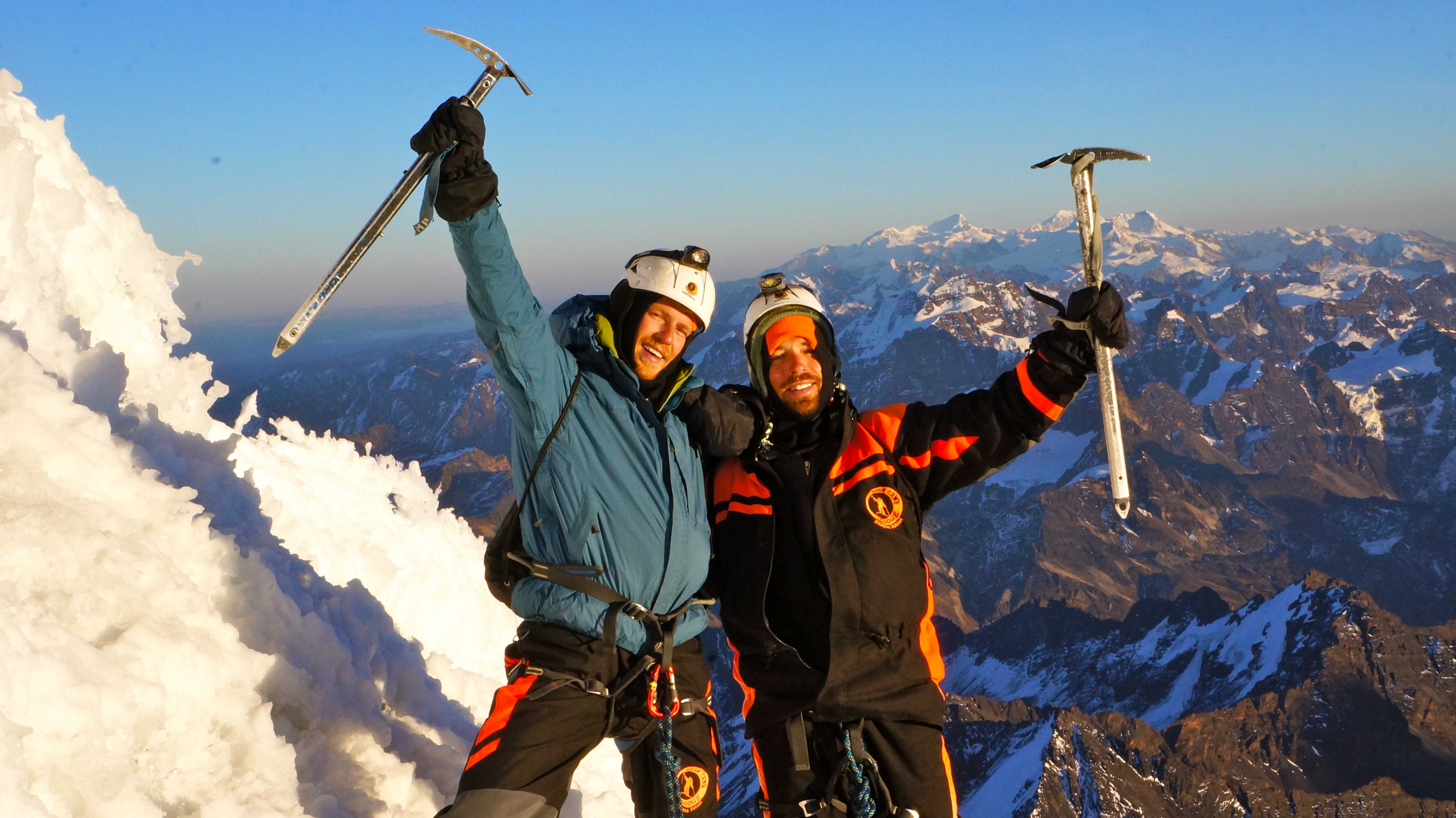
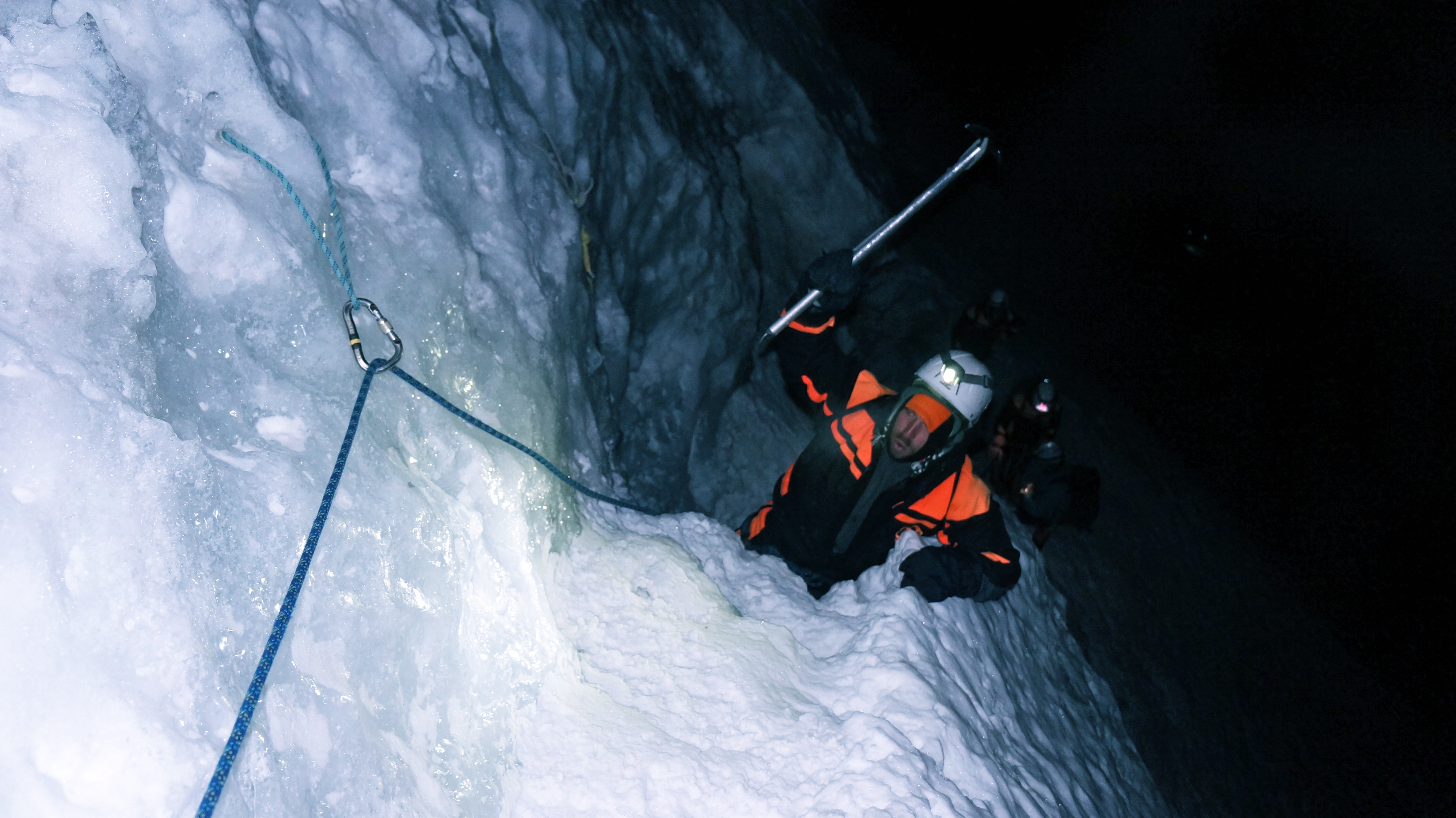
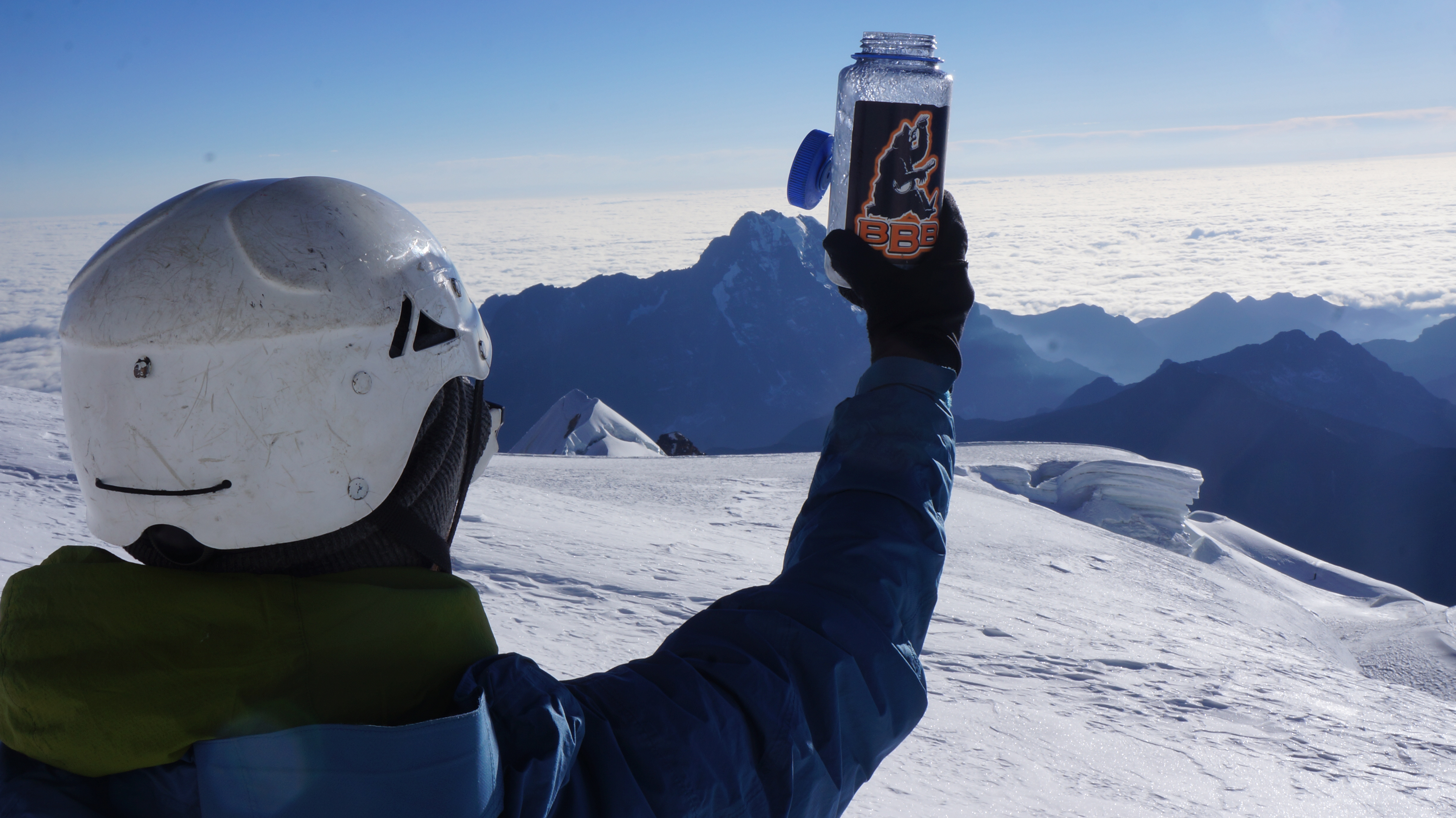
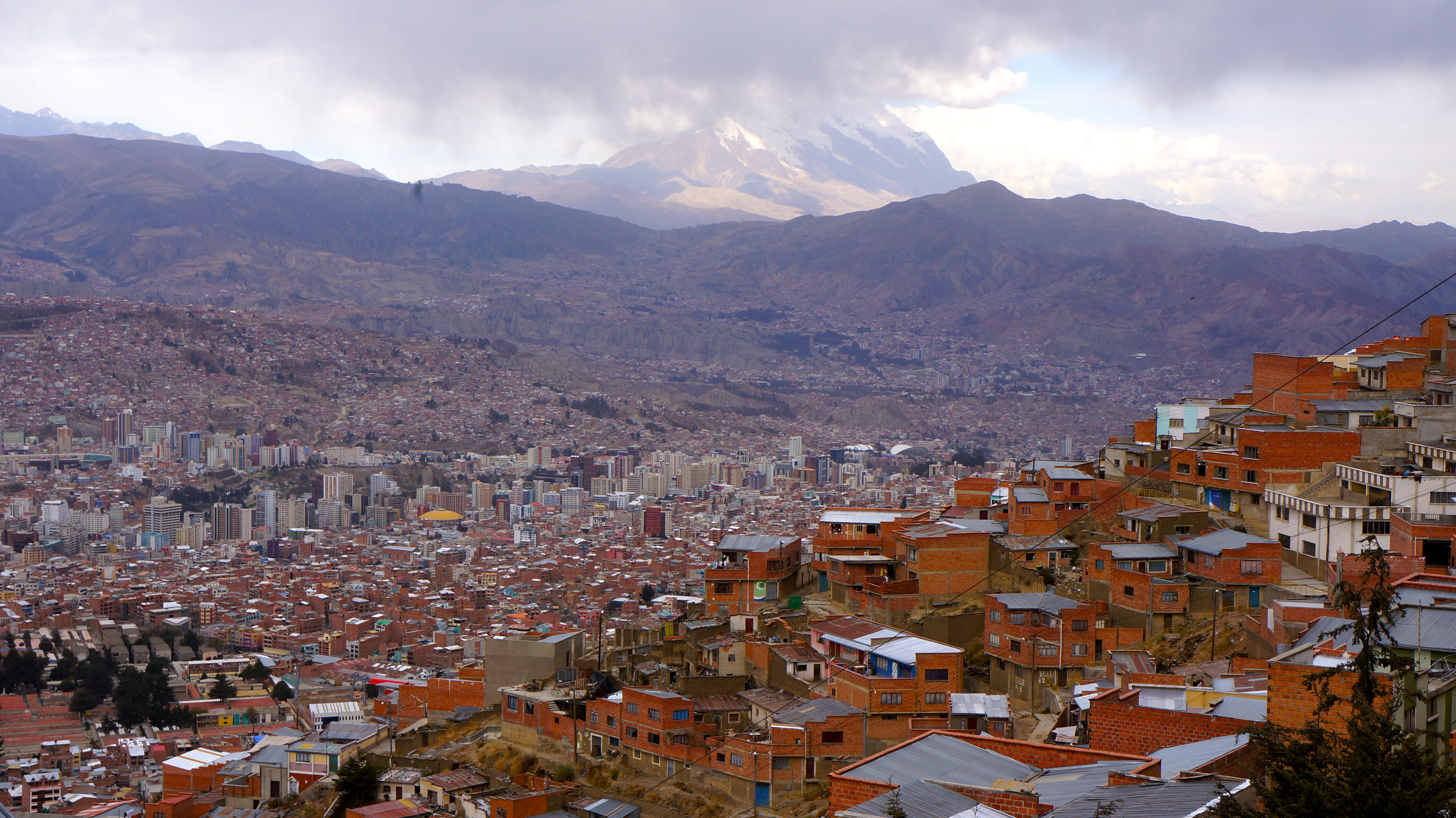
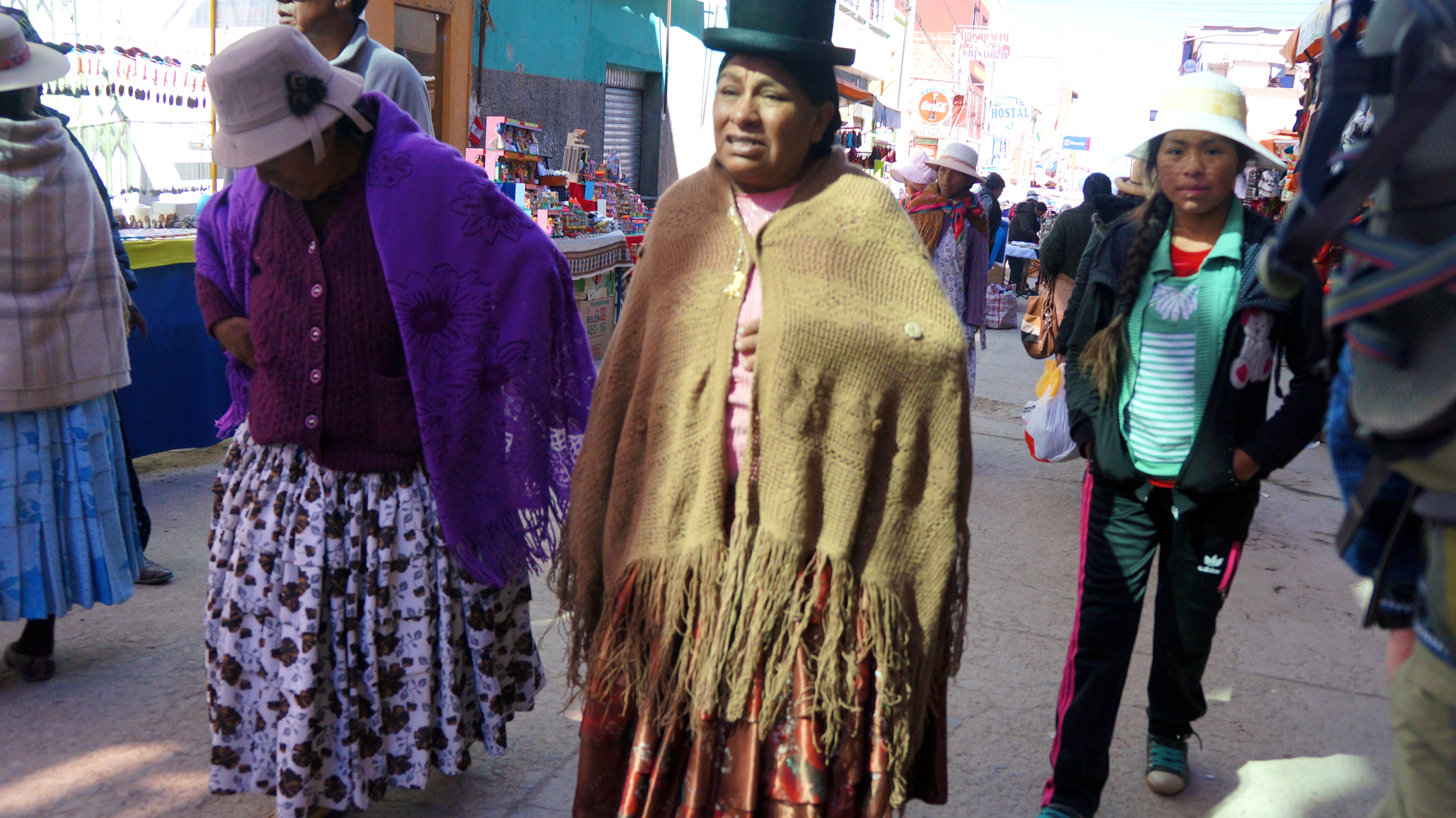
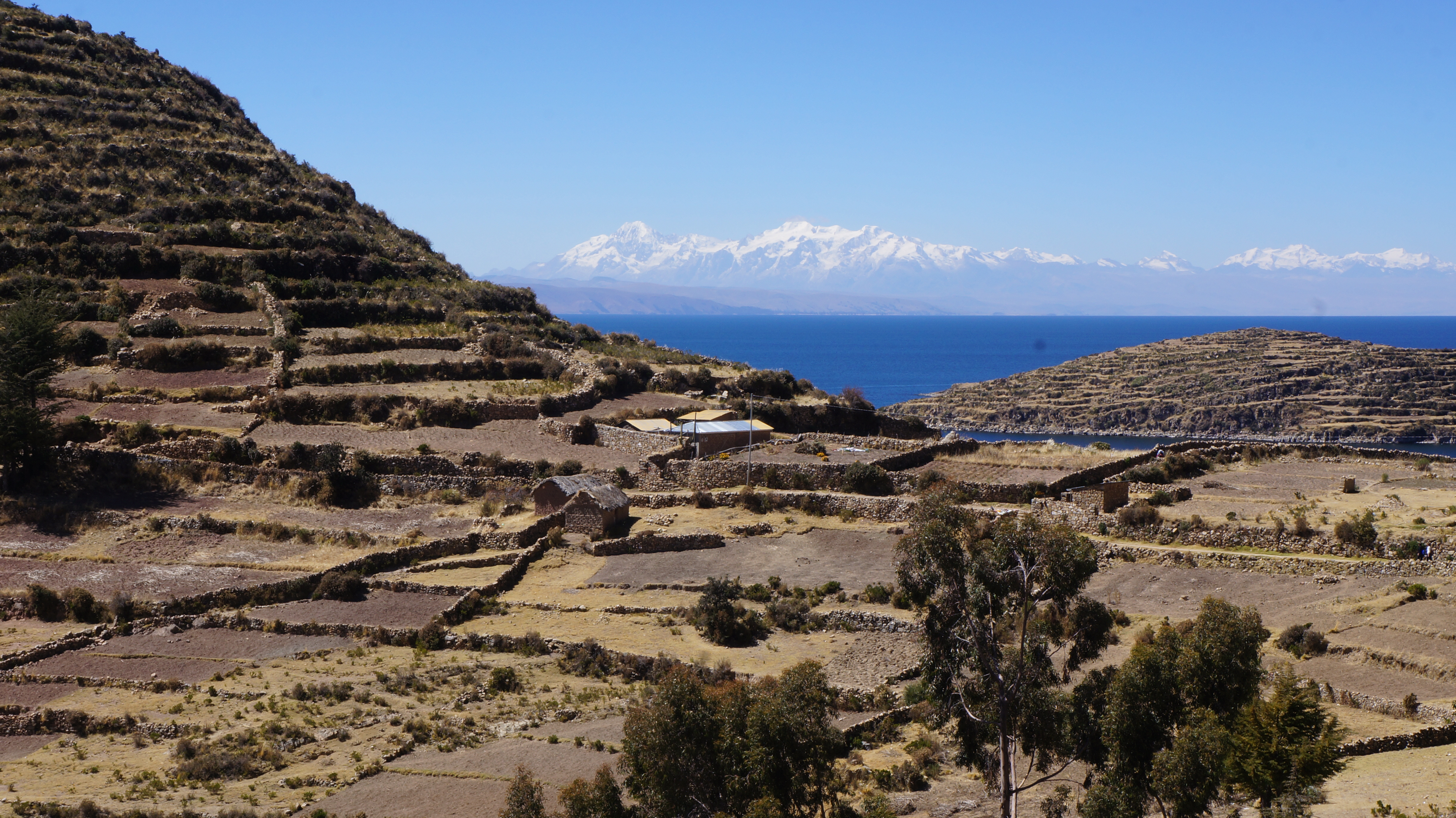
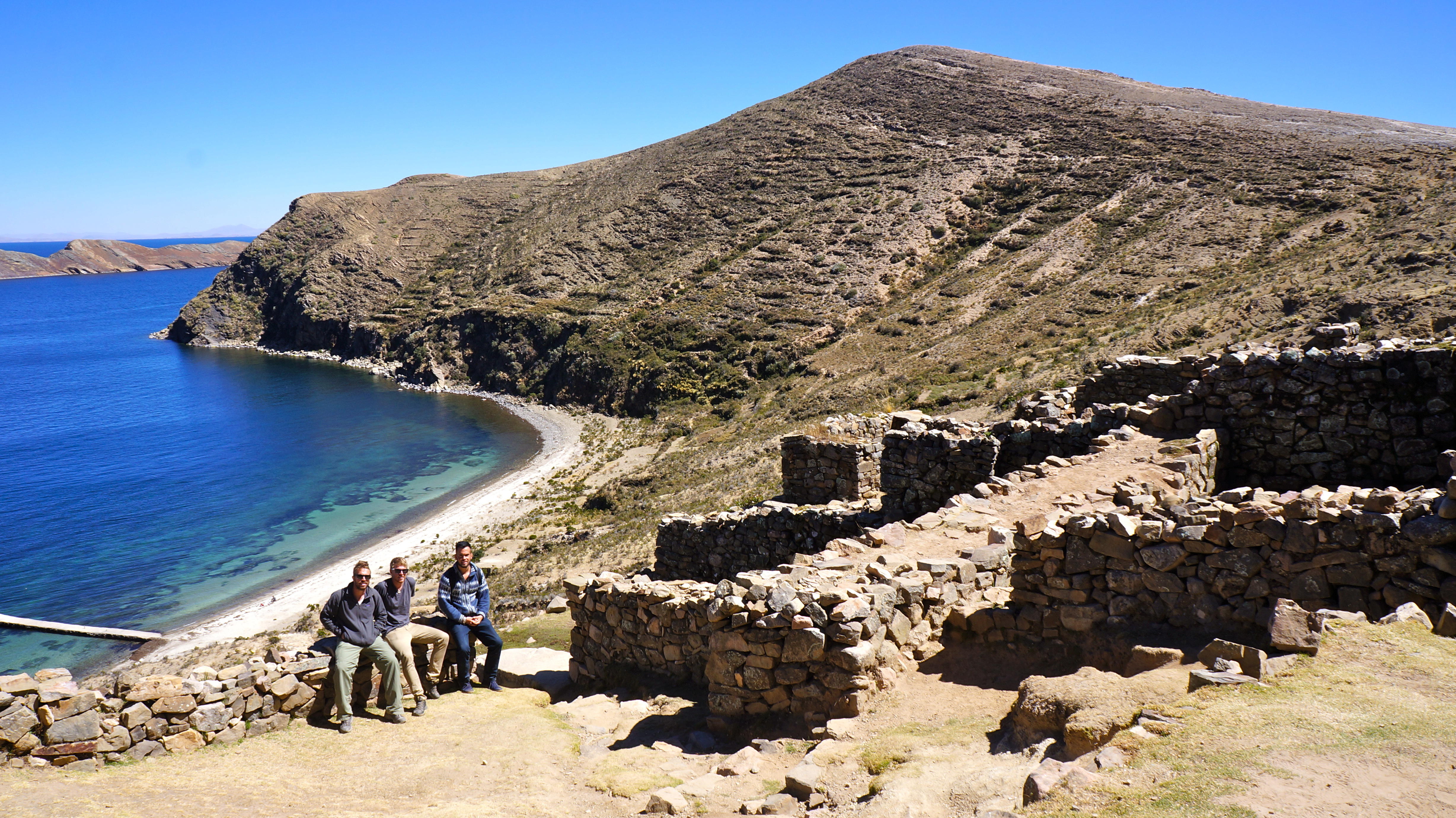
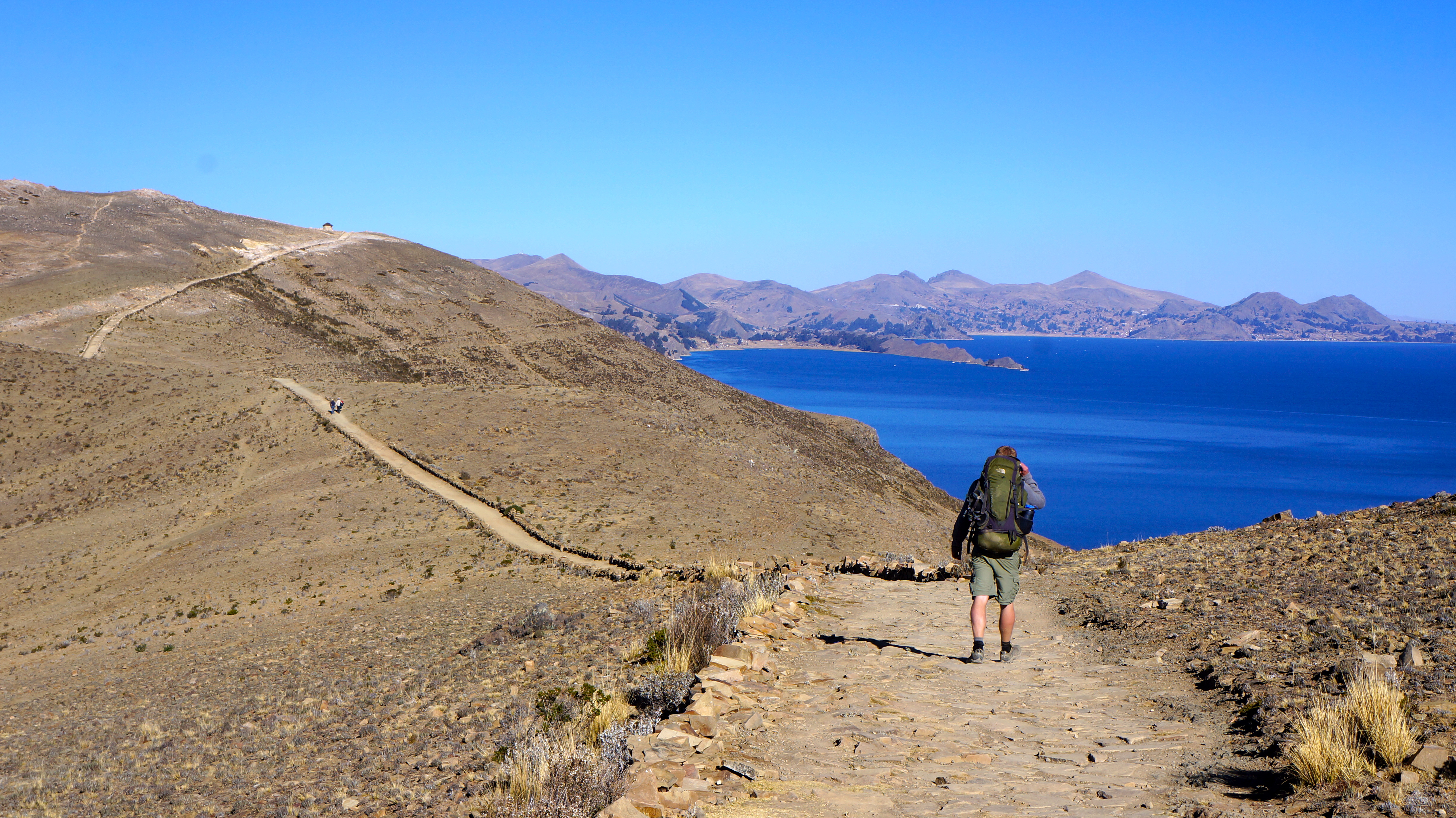
Pingback: The 10 Cheapest Countries I've Been To - Where's the Gringo?